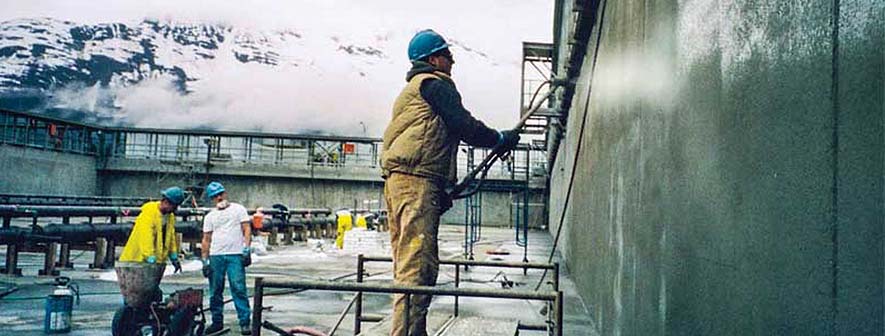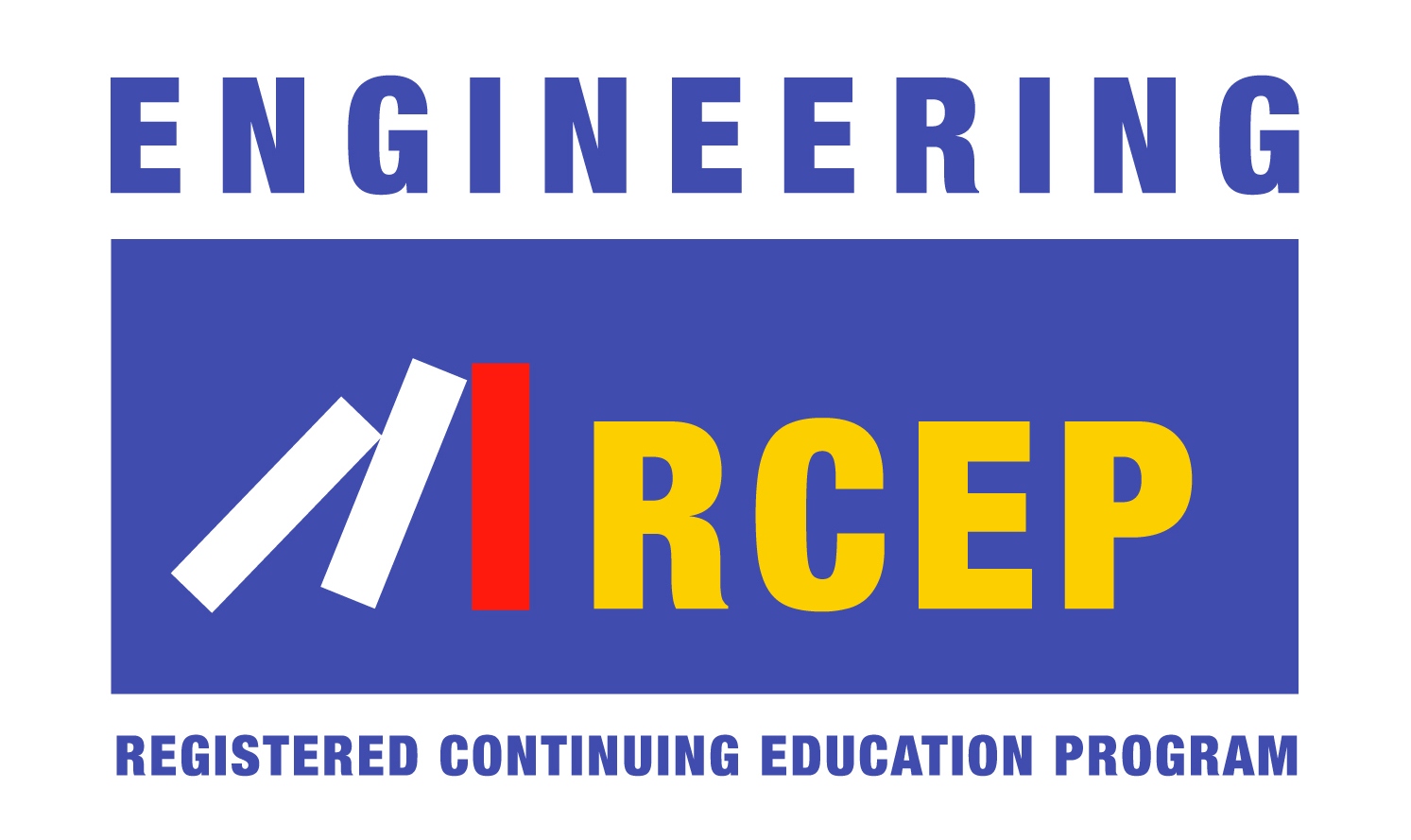Eco-friendly Cement Curation
Learning Objectives:
- Describe the process of applying integral crystalline waterproofing systems to cement.
- Explain the health benefits of ICW.
- Discuss how ICW is a durable solution for curing cement.
- List the characteristics of cement that make it a sustainable solution.
Credits:
As an IACET Accredited Provider, BNP Media offers IACET CEUs for its learning events that comply with the ANSI/IACET Continuing Education and Training Standard.
This course may qualify for continuing education through the FBPE.
This course may qualify for continuing education through the NYSED. For further information, please visit the NYSED website at http://www.op.nysed.gov/prof/pels/peceques.htm.
Below are a set of links to articles. Click on each link below to read the articles and then complete the quiz to earn your credit and certificate of completion.
Integral crystalline waterproofing is an innovative solution for filling holes, capillaries and cracks in concrete. It is also a method that offers green building benefits and serves as a way into attaining LEED points. This course looks at the science of ICW and how it extends the life span of concrete, saves time and money, and leads to more sustainable, durable structures.
Crystalline Waterproofing and Protection for Concrete
Since the crystalline waterproofing coating system has a unique chemical diffusing characteristic, proper surface preparation of the concrete is critical to the performance of the treatment. Concrete surfaces need to have an open pore texture to allow the transfer of the reactive crystalline chemicals from the coating into the concrete substrate. The surface also needs to be clean and free of form oil, laitance and other foreign matter to ensure proper adhesion of the coating.
David Ross
Concrete Waterproofing for Infrastructural Sustainability in Africa
As Africa emerges as a key global player in the construction industry with its numerous infrastructural development opportunities, there is need for general awareness on waterproofing products. Therefore, modern technology and revamping of the construction industry with regard to waterproof concrete will be key to ensuring its infrastructural development is sustainable.
Robert Barnes
Understanding Crystalline Technology for Concrete Waterproofing
Over time, crystalline technology has been noted for being smart concrete because it doesn’t get in the way of the actual concrete. Instead, it simply protects the pores and cracks before the water can get through. This makes it easier for the concrete to remain in good shape and not require extensive repairs throughout the year. This increased durability is essential for modern structures and can also lead to the concrete healing itself.
Richard
Crystalline Waterproofing and Green Building Construction
Building owners and designers now insist that all facets of construction—including waterproofing—be as eco-friendly as possible. Fortunately, manufacturers have developed products to meet this demand. One type of waterproofing has proven particularly suitable for green building—crystalline waterproofing technology.
Waterproof Magazine

Source: "Concrete Waterproofing with Crystalline Technology," Construction Canada








